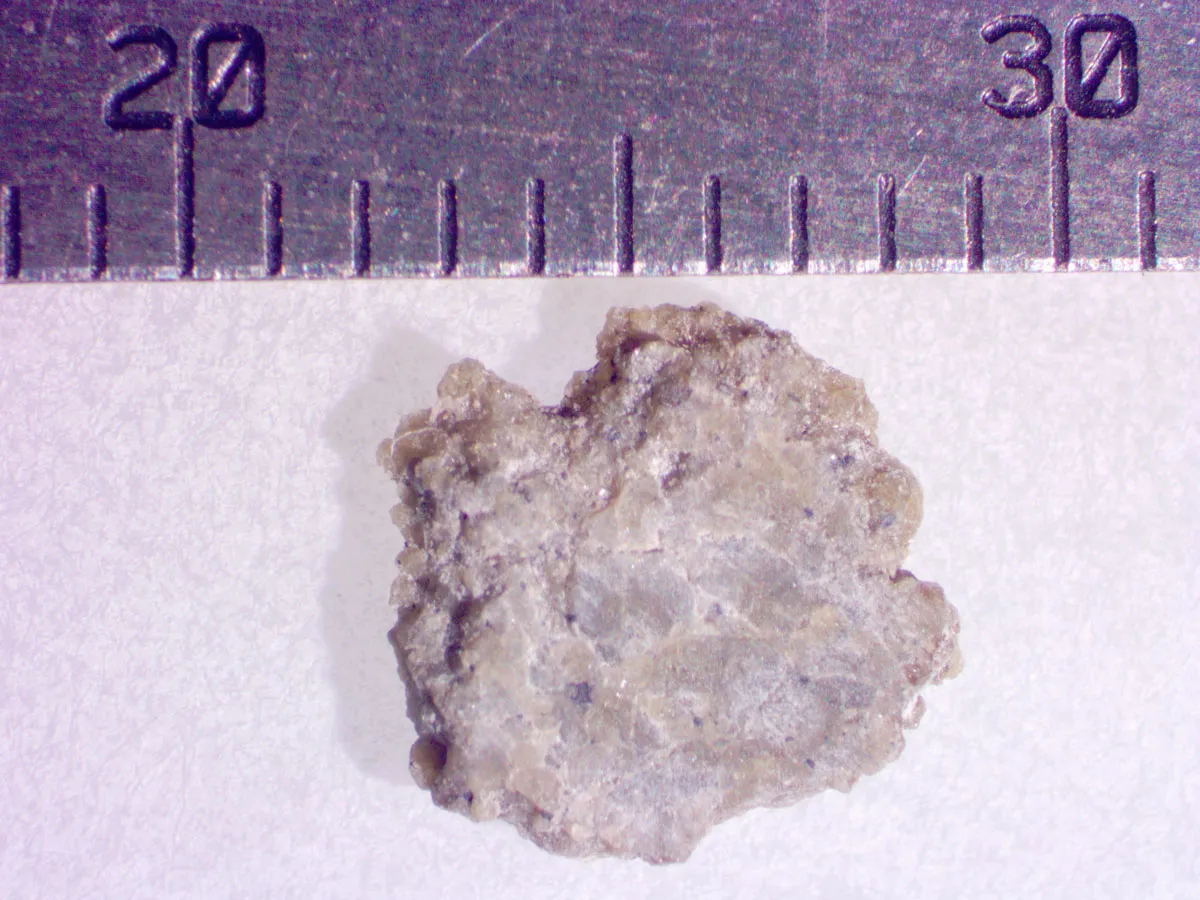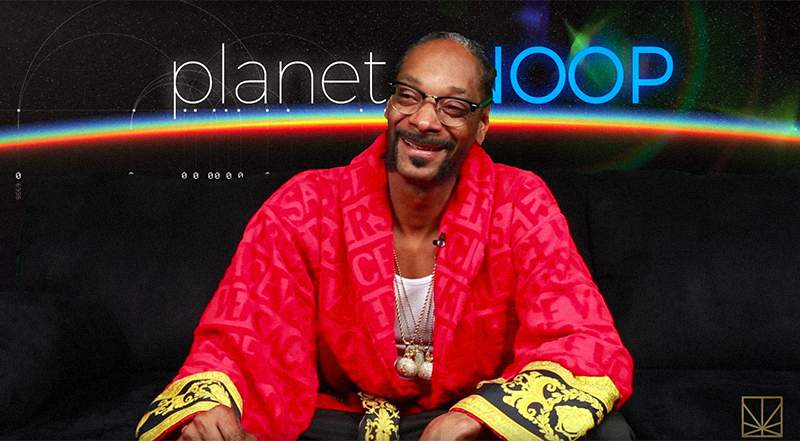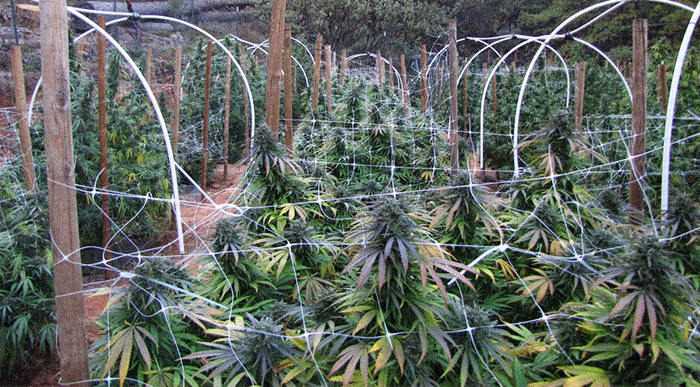Purple molly is all the rage at festivals and clubs, but harm reduction experts are warning people not to believe the hype.
Over the past two years, a growing number of purple pills and powders have been popping up at festivals, clubs, and underground drug markets. Many Reddit users are recounting positive experiences with purple molly, calling it “pure,” “chill,” “clean,” and “smooth.” The Vancouver Island Drug Checking Project, a Canadian lab that provides safe drug testing, also reports that about a quarter of all the MDMA samples it has recently received are purple in hue.
It’s obvious that purple MDMA is having its day, but the reason for the sudden color change is less clear. Drug-testing nonprofit DanceSafe recently started a social media thread to explain the most likely reasons. In a best-case scenario, illicit drug manufacturers are simply cashing in on the hype by dyeing pure MDMA with non-toxic food coloring. Many drug dealers have taken to using simple dyes to distinguish their products with names like “green hulk” or “purple amethyst.”
“It has become a thing in the last year for traffickers to explicitly dye their products using food coloring,” said Rachel Clark, education manager for DanceSafe, to DoubleBlind. This practice is generally harmless on its own, and is “just a convenient way of branding” a product.
A purple hue could also be a sign of a dangerously low-quality product, though. A purple, brown, or yellow tint is a sure sign that a drug still contains impurities or other artifacts left over from the manufacturing process. These artifacts could include dangerous contaminants like mercury, aluminum, or other heavy metals. When properly synthesized and washed, pure high-quality MDMA will be completely white – not purple.
But even if you score perfectly white pills, there’s no guarantee that it’s even MDMA at all. Vancouver Island Drug Checking Project reports that about 12% of the “molly” samples they receive have no MDMA in them at all, while another 7% are cut with meth or other drugs. Johns Hopkins researchers also discovered that around 40% of ecstasy tabs bought at music festivals didn’t have any MDMA or MDA in them, either.
The safest way to avoid consuming dangerous or contaminated drugs is to test them before use. DanceSafe and other harm reduction groups sell drug testing kits containing Marquis, Simon’s, and Froehde reagents, which can help determine whether or not synthetic drugs are legit. These tests can often identify the presence of impurities, unwanted drugs like meth or fentanyl, or inert bulking agents like glycine or sucrose – but they aren’t perfect.
“I want to caution everyone to be careful about [home testing], because you’re not chemists, and neither am I,” Clark told DoubleBlind. “If a single rock or crystal tests black on the Marquis and blue on Simon’s, it’s statistically unlikely to be anything other than MDMA, but it’s not guaranteed.”
In one notable case, harm reduction group bunk police tested some “purple molly” that was being sold at the Electric Forest festival last year. When tested with the Marquis reagent, this drug did indeed seem to contain pure MDMA. But a more rigorous lab test revealed that the substance in question was actually a synthetic cathinone – aka bath salts. Many social media users have also reported that “molly” they copped at festivals actually turned out to be bath salts, and other drug labs have reported that a good percentage of cocaine that’s circulating in clubs is fake, too.
The best way to tell if a synthetic drug contains meth, bath salts, fentanyl, xylazine, or toxic heavy metals is to have it tested by a professional laboratory. The Vancouver Island Drug Checking Project accepts drug samples via no-contact drop-off envelopes, or at specific sites in Canada, and will test these samples free of charge. The Erowid Center’s DrugsData tests drug samples as well, but charges $100 for the service.











